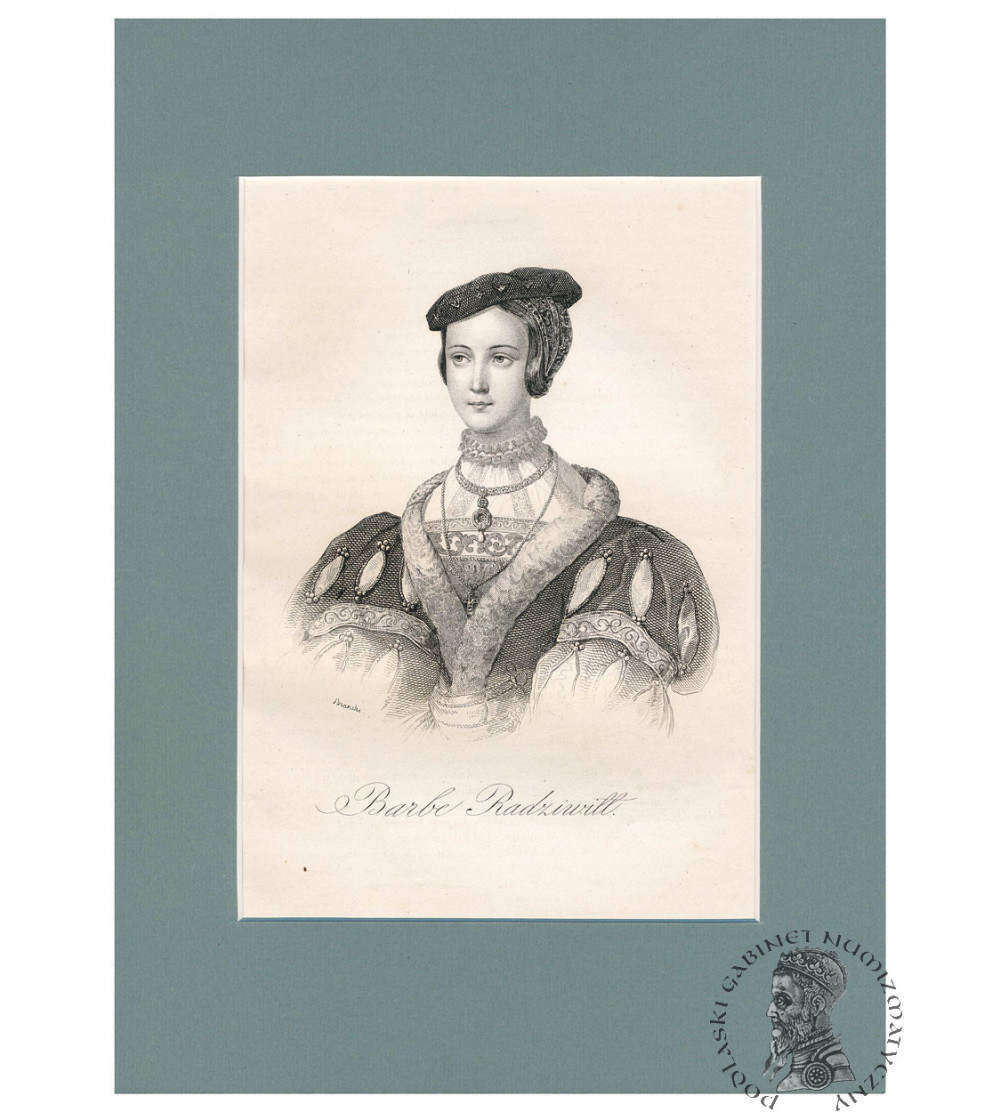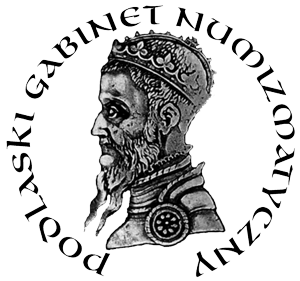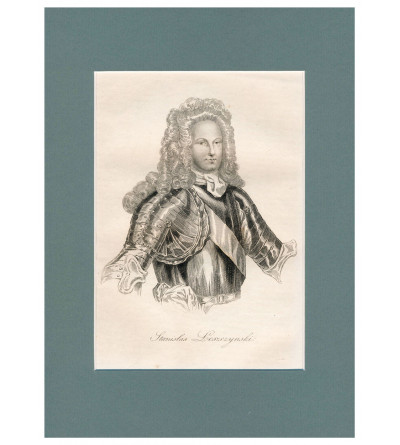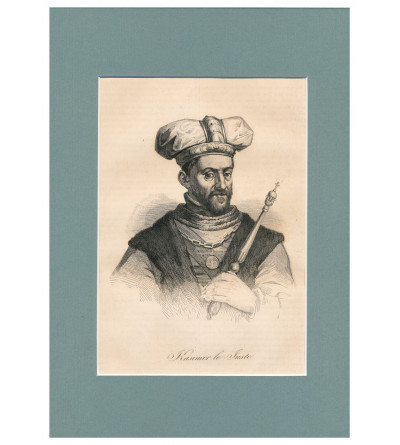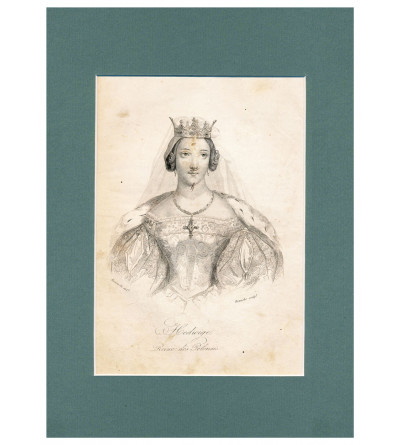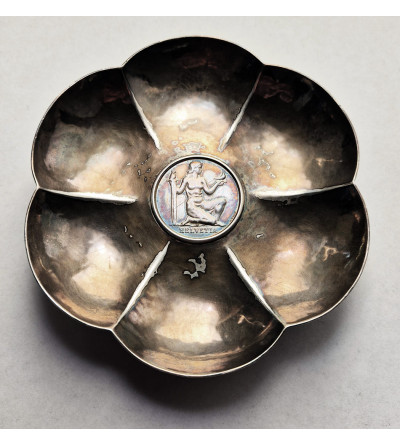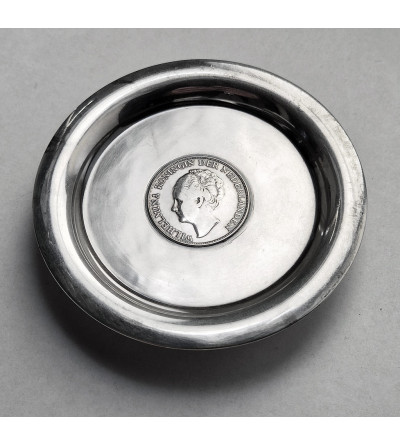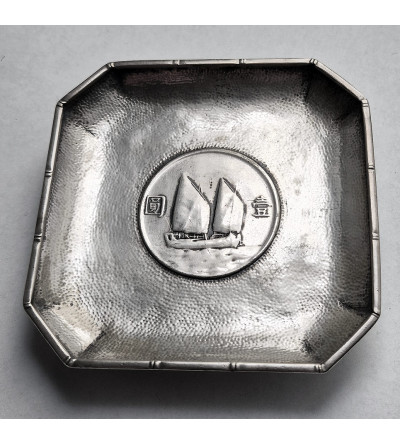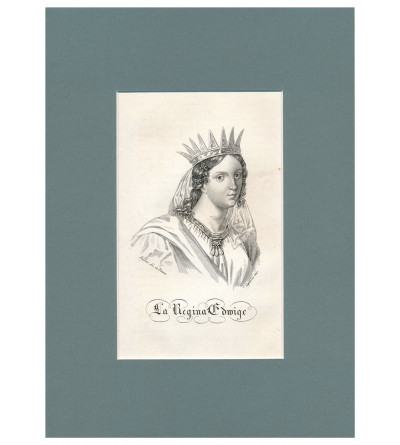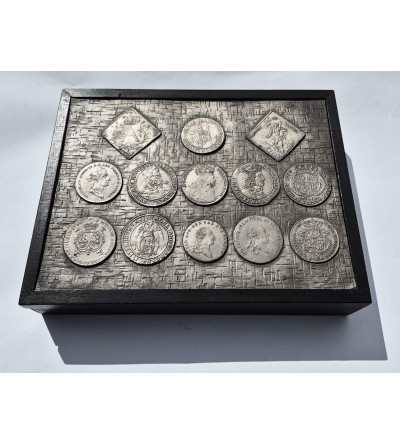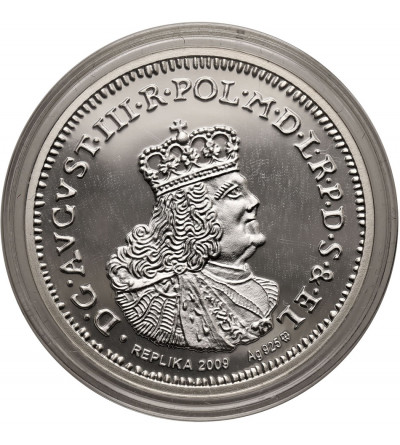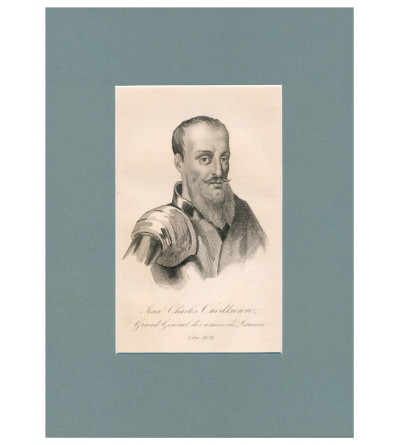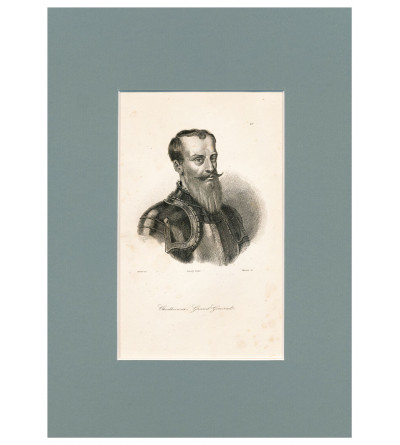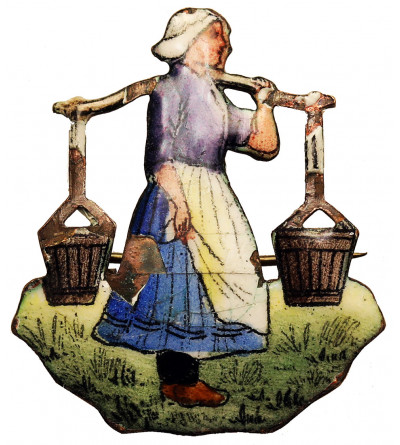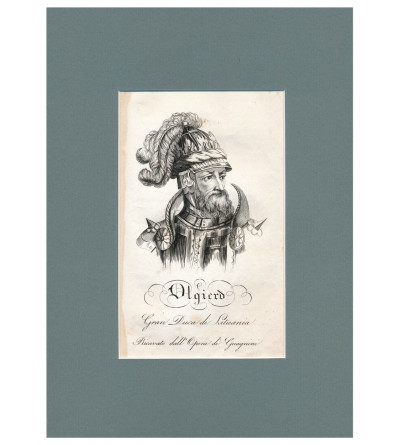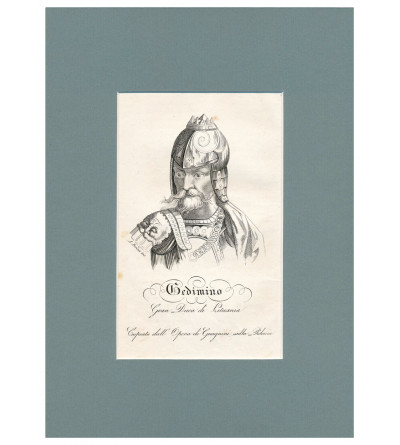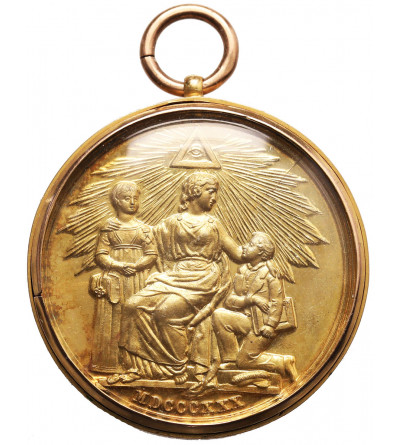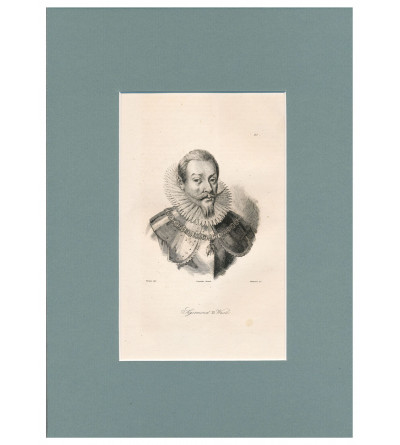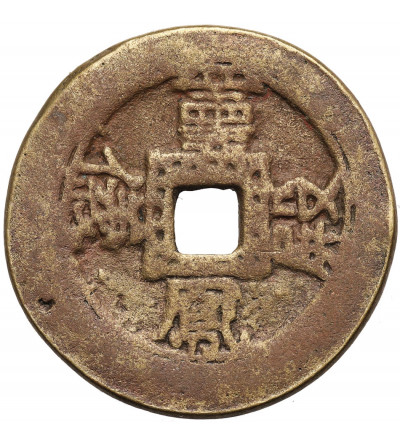Barbara Radziwillowna - from romance to coronation. Barbara became famous for her affair with King Sigismund Augustus, which ended in marriage and later coronation. On December 7, 1550, the coronation of Barbara Radziwillowna, the second wife of King Sigismund II Augustus, took place at Wawel Cathedral. She came from the powerful Radziwill family. She was the daughter of the Castellan of Vilnius, Great Hetman of Lithuania Jerzy Radziwill and Barbara of Kolów. From childhood she grew up in the atmosphere of a grand court. She was a very beautiful woman, with blond hair and a fair complexion, which she further lightened with special specs. Legends circulated about her beauty, the general admiration was aroused by her beautiful countenance: "her face was oval, with dark, large eyes." She took extraordinary care of her clothes, her favorite color was red, in any situation she could draw attention to herself. She loved expensive dresses, valuables and ornaments. She always wore several rings and strings of pearls, of which she had a huge collection. In 1537, at the age of 17, she married Stanislaw Gasztold, 12 years older than her, a Novgorod voivode. In this union she lived only four years, until her husband's death. - Barbara Radziwillowna's fame in Lithuania was twofold. On the one hand, a beautiful woman, on the other hand, malicious people reproached her with all sorts of romances. Some even counted 38 lovers she was said to have had," says historian Piotr Dmitrovich. Barbara first saw King Sigismund Augustus when she was 19 years old. The two were contemporaries. The king fell in love with her at first sight. A few months after Stanislaw Gasztold's death, Augustus secretly married Barbara. This was a violation of national laws, for the reason that the king was obliged to consult his marriage with the Senate. Sigismund Augustus put his relationship with Barbara Radziwill above the interests of the country and the crown. It even went so far as to say that at one point he was ready to abdicate, relinquishing the Polish throne, having Lithuania inherited, just to keep his wife with him. The marriage was a happy one; unfortunately, at the age of 31, Barbara became ill, probably with cancer. She died on May 8, 1551 in Cracow, and was buried on June 24, 1551 in Vilnius Cathedral. The king was greatly affected by his wife's death and from then on always dressed in black. Barbara Radziwill is a phenomenon of Polish culture. Although she lived a short life, she is one of the most famous, well-known historical figures. Her story was studied by generations of scholars, her fate was praised by the first pens of our poetry, and she was immortalized on her canvases by outstanding artists. source: polskieradio.pl
CHODŹKO, Leonard Borejko (1800-1871), La Pologne historique, litteraire et monumentale, (...), 1835-1842. A monumental work by the famous Polish émigré publisher Leonard Chodźko which is a history and geographic-political description of Poland. The work was published in three volumes. The first part is the history of Poland from the earliest times to the reign of Wladyslaw Lokietek. The second volume covers the history of Poland from the reign of Casimir the Great to the death of Stefan Batory, while the last volume covers the history of Poland from the beginning of the reign of Sigismund III Vasa until the events contemporary to the Author and the Readers, i.e. the November Uprising. Each part also contains descriptions of unique and interesting places in Poland, as well as basic information about literature, art and science. In addition, the work contains examples of exceptional monuments in the Polish lands. An important part of the work includes fairy tales, legends and short stories, as well as an essay on dramatic theater in Poland. The work also contains a description of Polish dances, such as the polonaise, mazurka, and krakowiak. The work is very richly illustrated, with numerous intaglios, natural monuments, sacred objects, castles, palaces, cities, portraits of important historical figures from the history of Poland, works of art, notes of songs, etc. This brings the total to 180 engravings (including maps), in a set of three volumes, i.e. 60 engravings for each volume collated with a table at the beginning of the volume.
